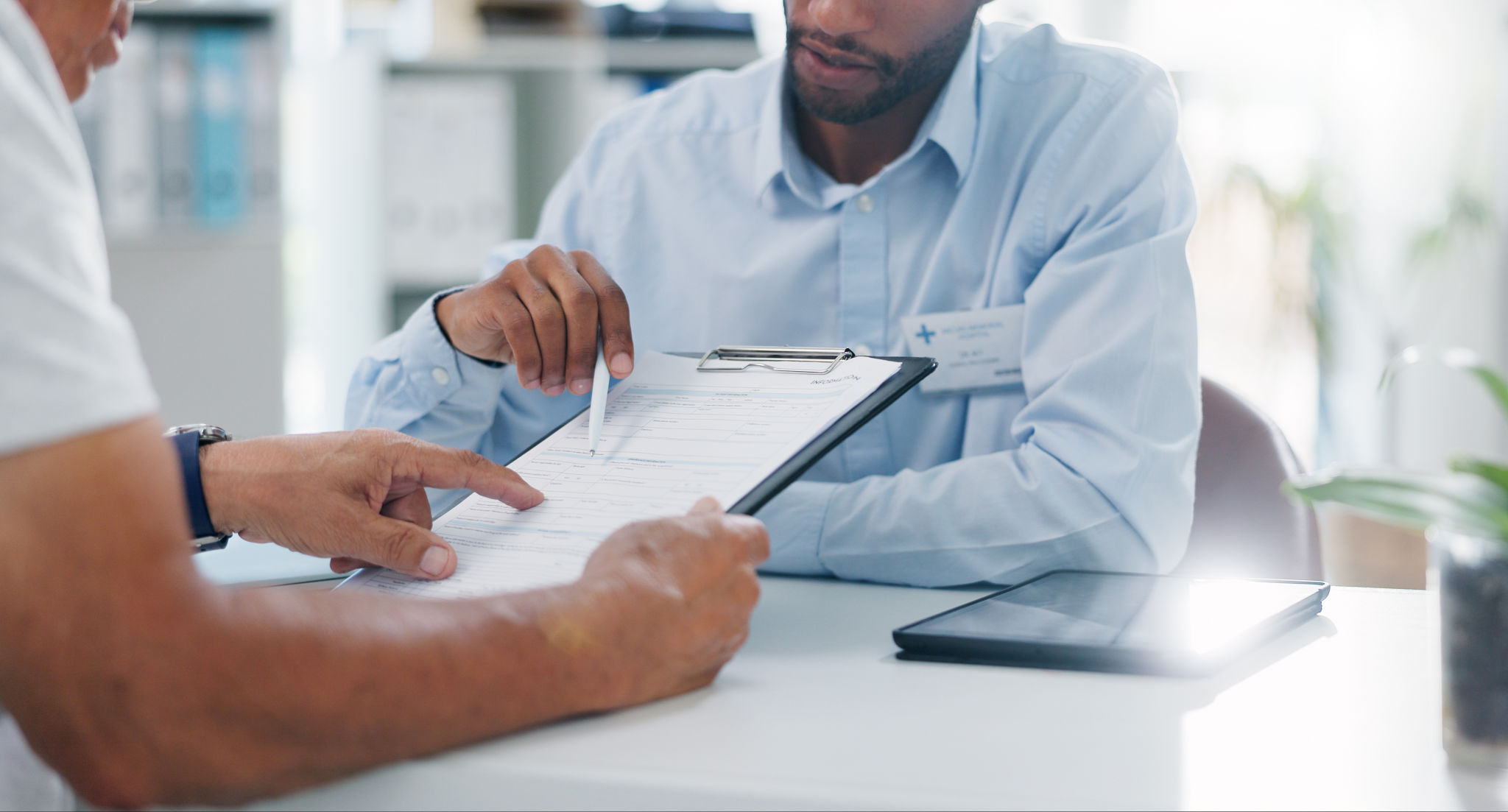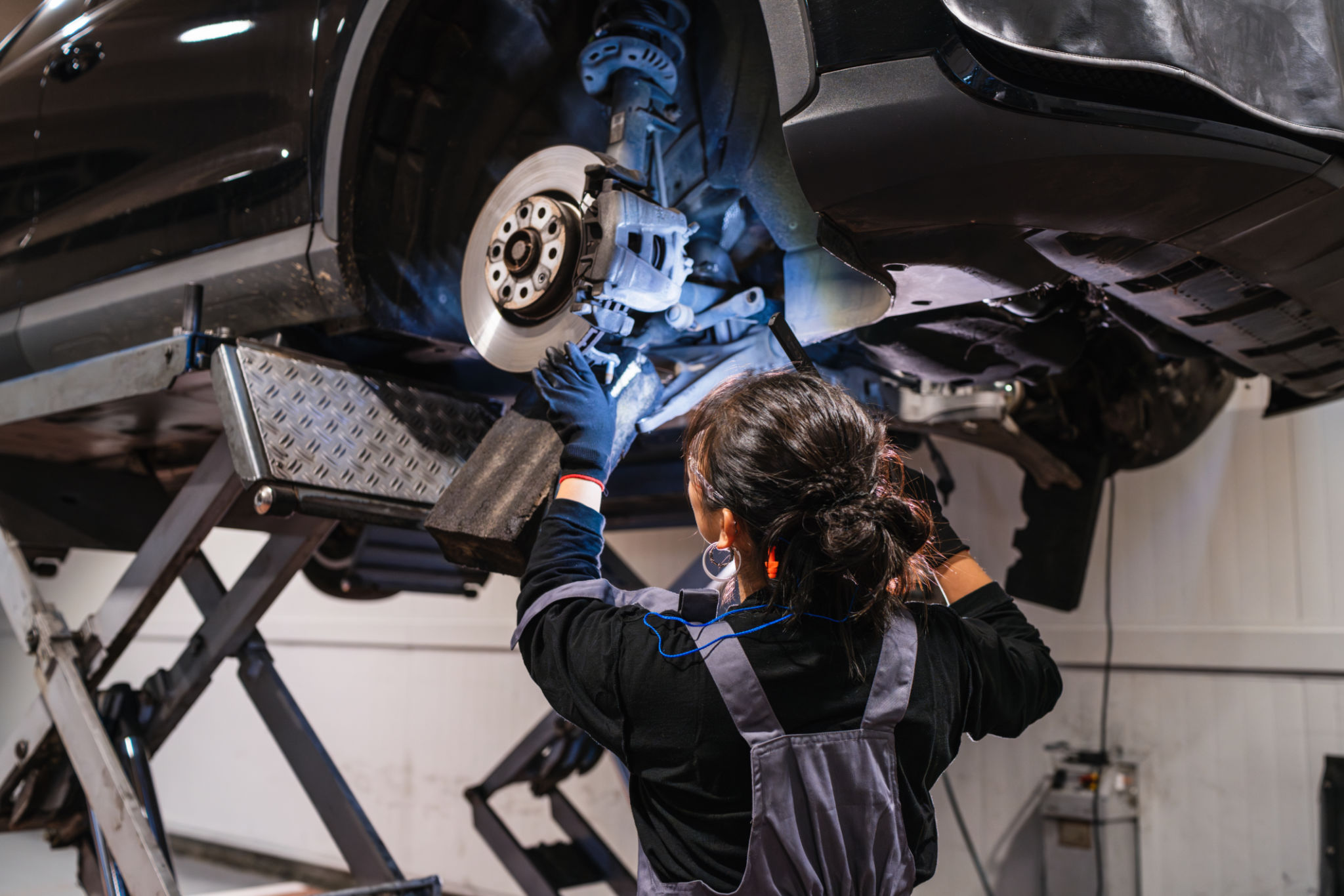The Ultimate Guide to Collision Repair: What to Expect and How to Prepare
Understanding Collision Repair
Dealing with the aftermath of a car accident can be overwhelming, especially when it comes to repairing your vehicle. Understanding the collision repair process can help alleviate some of the stress and ensure that you are well-prepared for what lies ahead. This guide will walk you through what to expect and how to prepare for collision repair, ensuring that your vehicle is restored to its former glory.

The Initial Assessment
The first step in the collision repair process is an initial assessment by a qualified technician. During this stage, the technician will evaluate the extent of the damage to your vehicle and provide you with a detailed estimate for the repairs. This estimate will include the cost of parts and labor, as well as a timeline for completion.
It's important to choose a reputable repair shop that uses high-quality parts and employs skilled technicians. Doing so will ensure that your vehicle is repaired to the highest standards, maintaining its safety and performance.
Insurance Claims
Once you have received an estimate for the repairs, you will need to contact your insurance company to file a claim. This process can vary depending on your insurer, but typically involves submitting documentation, such as the repair estimate and photos of the damage. Your insurance company will then review the claim and determine coverage.
Be sure to keep detailed records of all communications with your insurance company and the repair shop. This will help streamline the process and ensure that everything is documented properly.

The Repair Process
After your insurance claim has been approved, the repair process can begin. This typically involves several stages, including disassembly, repair, painting, and reassembly. Each step is crucial in ensuring that your vehicle is restored to its pre-accident condition.
Disassembly: The damaged parts of your vehicle are removed to assess any hidden damage and ensure that all affected areas are addressed.
- Repair: Technicians will straighten frames, replace damaged parts, and perform any necessary bodywork.
- Painting: After repairs, your vehicle is painted and finished to match its original color and texture.
- Reassembly: Finally, all parts are reinstalled, and the vehicle undergoes a thorough inspection to ensure quality.
Quality Control
The final step in the collision repair process is quality control. During this stage, technicians will perform a comprehensive inspection to ensure that all repairs meet industry standards and that your vehicle is safe to drive. Any necessary adjustments will be made before your vehicle is returned to you.

Preparing for Collision Repair
Preparing for collision repair involves more than just understanding the process. There are several steps you can take to ensure a smooth experience:
- Research Repair Shops: Look for shops with good reviews, certifications, and a reputation for quality work.
- Understand Your Insurance Policy: Familiarize yourself with your coverage and know what to expect in terms of costs.
- Remove Personal Items: Before dropping off your vehicle, remove any personal belongings to prevent loss or damage.
By taking these steps, you can feel confident and prepared as you navigate the collision repair process.